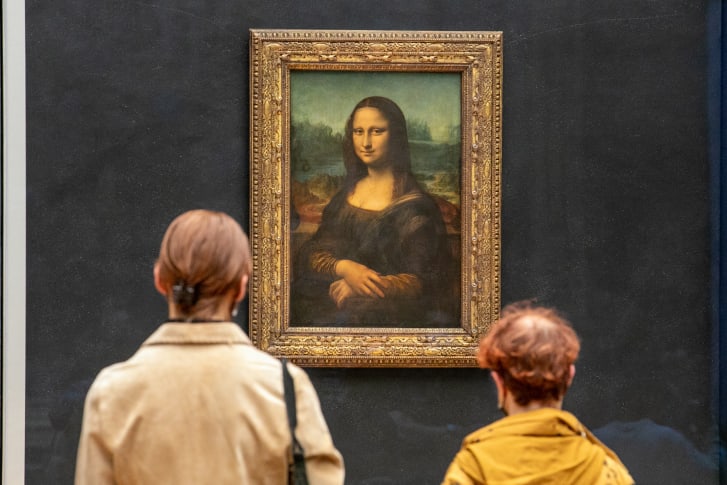Historian claims to have located mystery 'Mona Lisa' bridge
eonardo Da Vinci's "Mona Lisa" is one of the best-known artworks in the world, famous for its beauty as well as the mystery surrounding the identity of the model and the location painted behind her.
A source of debate for centuries, the village of Ponte Buriano, a suburb of Arezzo in the Tuscany region of Italy, is so convinced the bridge behind Mona Lisa is the Ponte Buriano that they've made it a key feature of their local tourism campaign, even laying claim to the bridge on the village's welcome sign.
But now, historian Silvano Vinceti says that the bridge behind Mona Lisa is actually the Romito Bridge in the nearby Tuscan town of Laterina.
"The distinctive form of the Arno [River] along that stretch of territory corresponds to what Leonardo portrayed in the landscape to the left of the woman depicted in the famous painting," Vinceti said at a media conference at the Foreign Press Association in Rome on Wednesday.
Vinceti also made a virtual reconstruction of the bridge to show the similarities, and drew on documents from the state archives in Florence.
Between 1501 and 1503 Da Vinci lived with Cardinal Cesare Borgia near Laterina, Vinceti found. The bridge was in use and had four arches -- as depicted in the artwork.
On the other hand, the Buriano bridge has six arches, Vinceti said, and Ponte Bobbio, a bridge in Piacenza that some say features in the painting, has more than six arches.
The Romito bridge linked Arezzo, Fiesole and Florence but is now in ruins. Vinceti said he studied drone images of the river banks, the ruins and photographs over the years to determine that the "Etruscan-Roman Romito bridge is unmistakably" the one in the background

No comments: